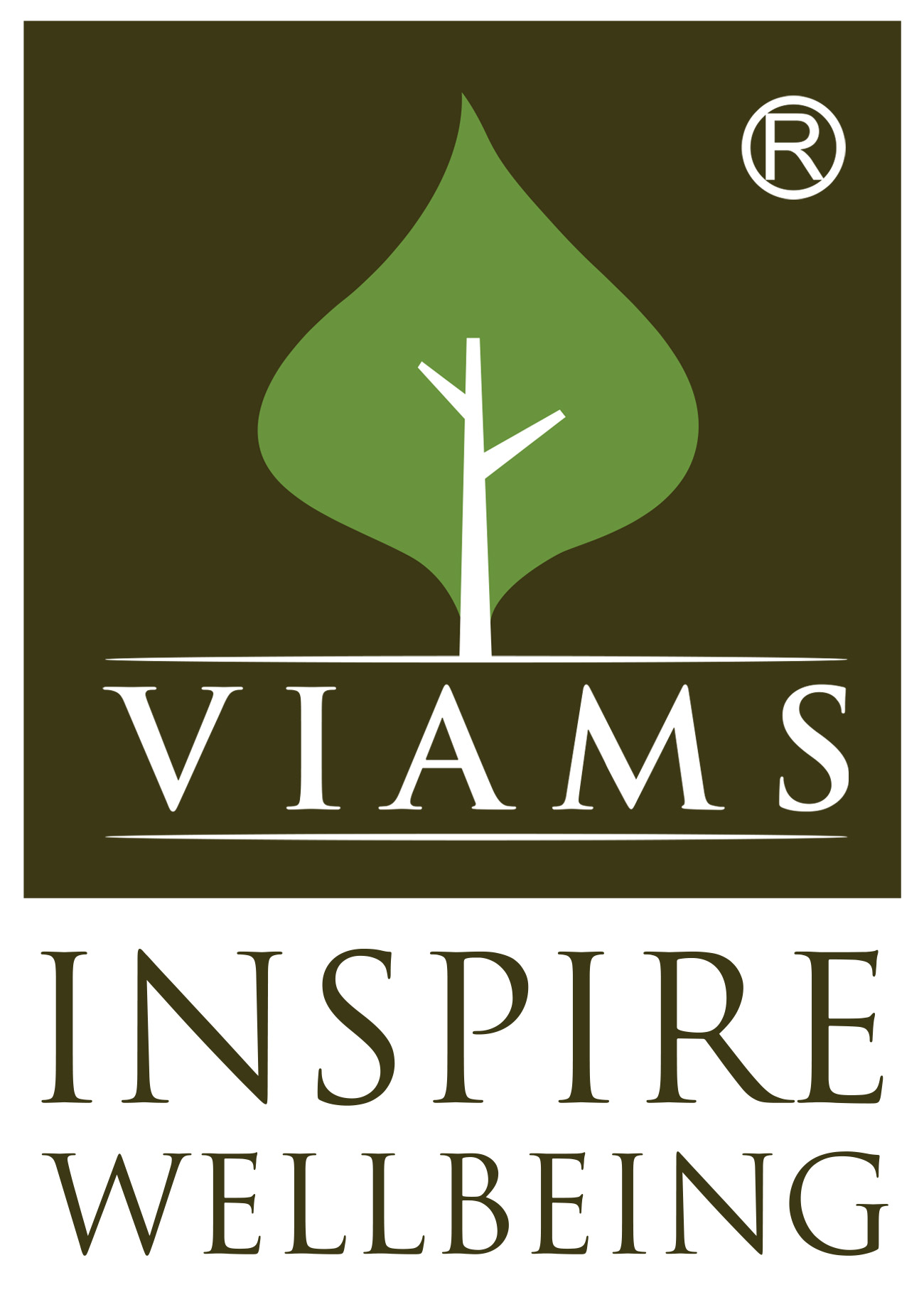Lumbar Radiculopathy
Lumbar Radiculopathy: Ayurvedic Approach and VIAMS’s Integrated Treatment Protocol
Lumbar Radiculopathy, commonly known as sciatica, occurs when a nerve in the lower back is compressed, leading to pain that radiates down the legs, numbness, tingling, or muscle weakness. It is often caused by a herniated disc or spinal degeneration and can severely affect mobility and quality of life if left untreated.
Ayurvedic Concept of Lumbar Radiculopathy
In Ayurveda, Lumbar Radiculopathy is referred as Gridhrasi; viewed as an imbalance in the Vata dosha, which governs movement and the nervous system. When Vata becomes aggravated, it leads to nerve compression, pain, and stiffness in the lower back and legs. The buildup of toxins (Ama) in the body can also contribute to the inflammation and blockage of energy channels (Srotas), worsening the condition. Ayurvedic treatment focuses on balancing Vata, detoxifying the body, and strengthening the musculoskeletal and nervous systems.
VIAMS’s Unique Integrated Treatment Protocol for Lumbar Radiculopathy
At VIAMS, we offer a holistic and patient-centered approach to treating Lumbar Radiculopathy by combining the wisdom of Ayurveda with modern rehabilitation techniques. Our unique treatment protocol addresses the root cause of nerve compression, providing lasting relief and preventing recurrence.
- Panchakarma Therapy: Panchakarma, the Ayurvedic detoxification process, includes treatments like Vasti (medicated enema) and Abhyanga (herbal oil massage), Pizhichil, various Potaliswedas which help remove toxins, reduce inflammation, and improve nerve function. These therapies are effective in relieving pain and stiffness in the lower back and legs.
- Herbal Medicines: Customized herbal formulations are prescribed to reduce inflammation, calm aggravated Vata, and support nerve regeneration. These herbal remedies also help relieve pain and promote healing of the affected nerves and tissues.
- Kati Basti: This localized Ayurvedic therapy involves placing warm medicated oil over the lower back to nourish the spinal tissues, reduce pain, and improve flexibility. Kati Basti is particularly effective for relieving lumbar pain and nerve compression.
- Physiotherapy & Rehabilitation: In conjunction with Ayurvedic therapies, our physiotherapists design exercises that strengthen the lower back and leg muscles, improve posture, and relieve pressure on the nerves. Physiotherapy plays a key role in preventing future flare-ups and maintaining long-term spinal health.
- Yoga and Pranayama: Specially designed yoga postures and breathing exercises help in stretching and strengthening the lower back and leg muscles, enhancing flexibility, and improving circulation. Pranayama helps manage stress, which can exacerbate symptoms.
- Dietary and Lifestyle Modifications: A Vata-pacifying diet is recommended to support the healing process, reduce inflammation, and prevent the buildup of toxins. Lifestyle modifications, such as proper posture, avoiding heavy lifting, and practicing stress management techniques, are also advised.
- Holistic Counseling: Chronic pain can take a toll on mental well-being. At VIAMS, we provide counseling and emotional support to help patients cope with the psychological impact of living with Lumbar Radiculopathy, promoting overall healing.
A Path to Lasting Relief
At VIAMS, our integrated treatment protocol for Lumbar Radiculopathy addresses not just the symptoms but the root cause of the condition. By combining Ayurvedic therapies, modern physiotherapy, and holistic care, we provide long-term relief, improved mobility, and enhanced quality of life. With personalized care and continuous monitoring, we help patients achieve lasting recovery and a pain-free life.
